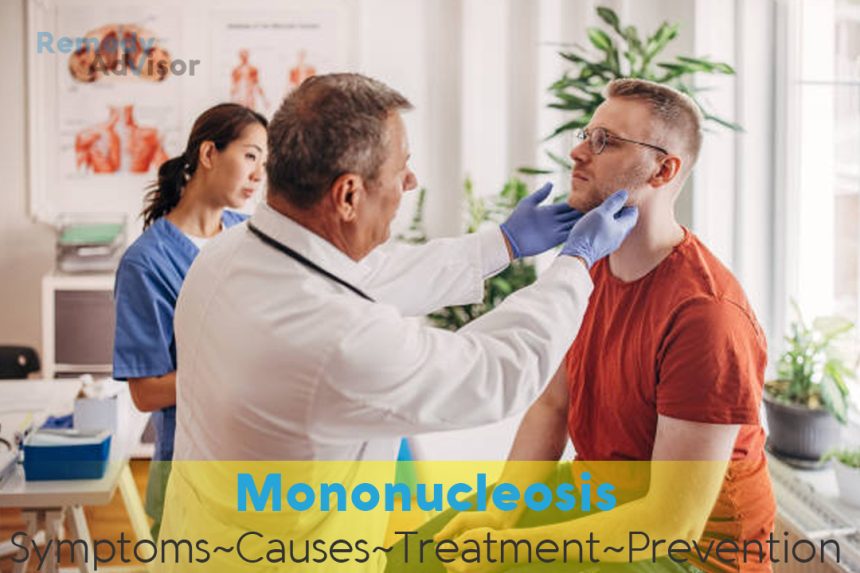What is it
Often referred to as mono, mononucleosis is an infectious disease with initial symptoms fever, sore throat, and swollen glands that feel like a bad case of the flu (influenza). The condition is most common in teenagers and young adults in developed countries. (When it strikes young children, it is so mild that it usually goes unnoticed.) Over half of all college students have anti-bodies to the virus that causes mono, which means they have been infected with the virus previously.
Because mono affects the liver, some people with the disease develop jaundice, a yellowing of the skin caused by an increase of bile in the blood. A skin rash similar to German measles (rubella) can also develop, and the rash can be aggravated if a physician prescribes amoxicillin an antibiotic used to treat severe sore throat before mono has been diagnosed.
Mono is usually not a serious condition, and most people who come down with it generally feel better within several weeks. The sensation of fatigue can sometimes persist for two months or longer, which has in the past led some experts to think that the virus that causes mono is also linked to chronic fatigue syndrome. But recent research has shown no such link. Major complications from mono are rare. About half of all mono patients get an enlarged spleen, and one of the most potentially serious complications is for the spleen to rupture a rare circumstance that requires surgery.
Symptoms
Mononucleosis produces flulike symptoms:
- Severe fatigue.
- Low fever and chills.
- Sore throat, sometimes severe.
- Swollen glands in the back of the neck (usually a day or two after the symptoms listed above).
- Nausea and vomiting (occasionally).
- Jaundice (yellow tinge to skin and eyes, which occurs in about 5 percent of cases).
- A measles like rash on the face or body (after 10 to 14 days; aggravated if amoxicillin an antibiotic has been taken for the sore throat).
What causes it
The Epstein-Barr virus, a common member of the herpes family of viruses, is the cause of mononucleosis. The virus is communicable, but only through direct contact with the saliva of an infected person, which can occur through sneezing, coughing, and perhaps most commonly kissing. (Mono has been referred to as the kissing disease.) The virus remains active in an infected person’s saliva for six months or more after symptoms have subsided. Some people, however, are able to come in contact with an infected person and not get sick, presumably because their immune systems are able to resist the virus.
What if you do nothing
Mono is self-limiting; most people will recover on their own, typically in two to four weeks, though fatigue may last longer.
Home remedies
There is no current treatment for the virus that causes mononucleosis, but you can take these steps to relieve symptoms.
Rest in bed
Bed rest is helpful during the acute, feverish phase of the illness.
Drink plenty of fluids
Even if a sore throat makes it uncomfortable to swallow, help yourself to ample amounts of water and fruit juices, especially while you have a fever.
Take nonprescription pain relievers
To relieve headache, sore throat, and fever, you can use an NSAID (aspirin, ibuprofen, or naproxen) or acetaminophen. However, if you are under 1 6 avoid aspirin, which carries a risk of Reye’s syndrome; instead take acetaminophen or ibuprofen (though the latter won’t reduce fever).
Ease up on work and activity
Along with getting bed rest, it’s helpful to postpone difficult projects (such as lengthy papers or final exams if you are a college student) until after you’ve recovered. If you have an enlarged spleen, you need to be especially careful about resuming physical activity until your spleen has returned to normal; otherwise, you risk rupturing it.
Prevention
Mono can’t be prevented. Nearly all adults over 35 have antibodies to the virus, so they aren’t at risk. You can reduce the risk by avoiding direct contact with people known to be infected, but the virus can be carried in saliva long after symptoms have disappeared.







